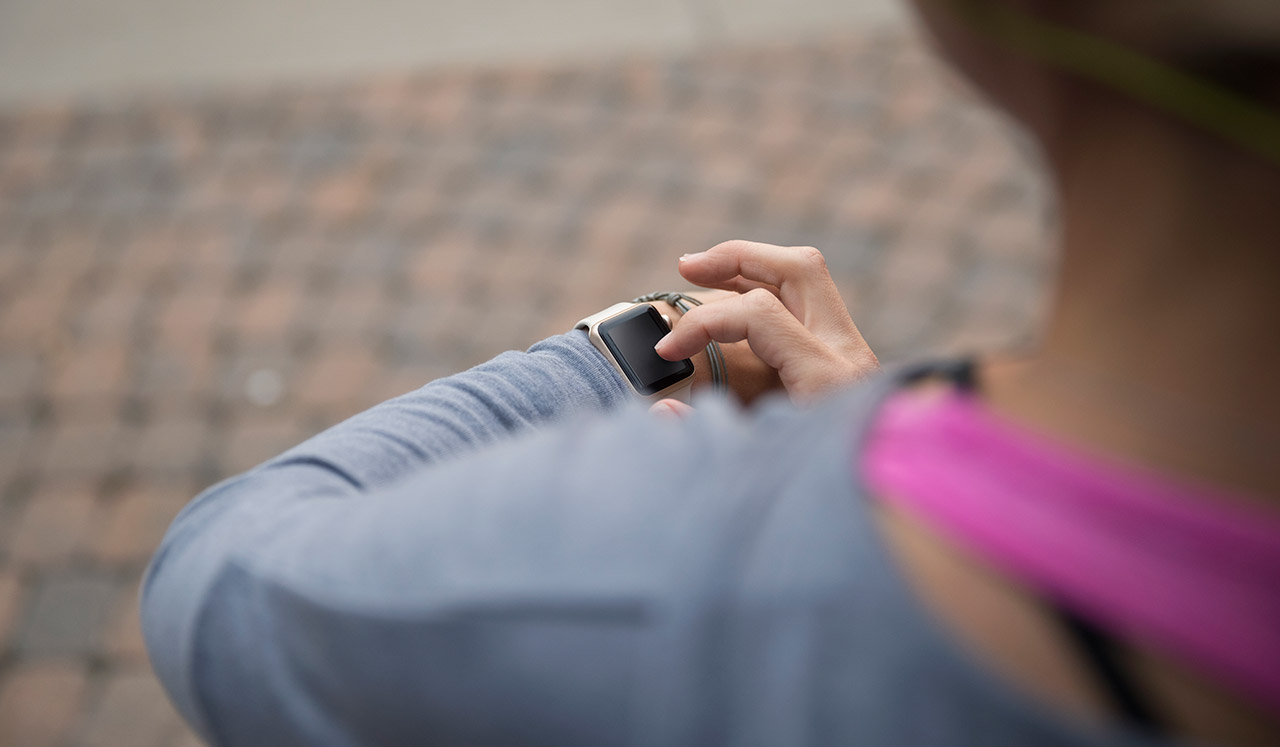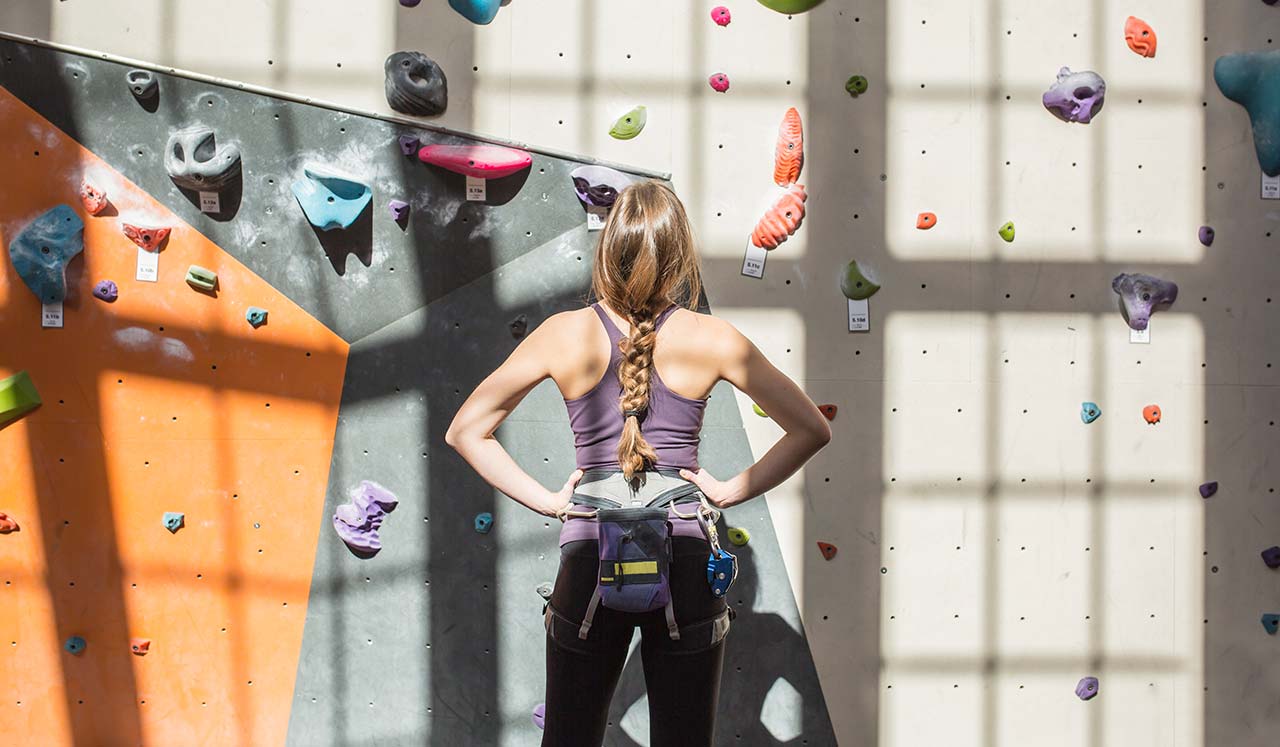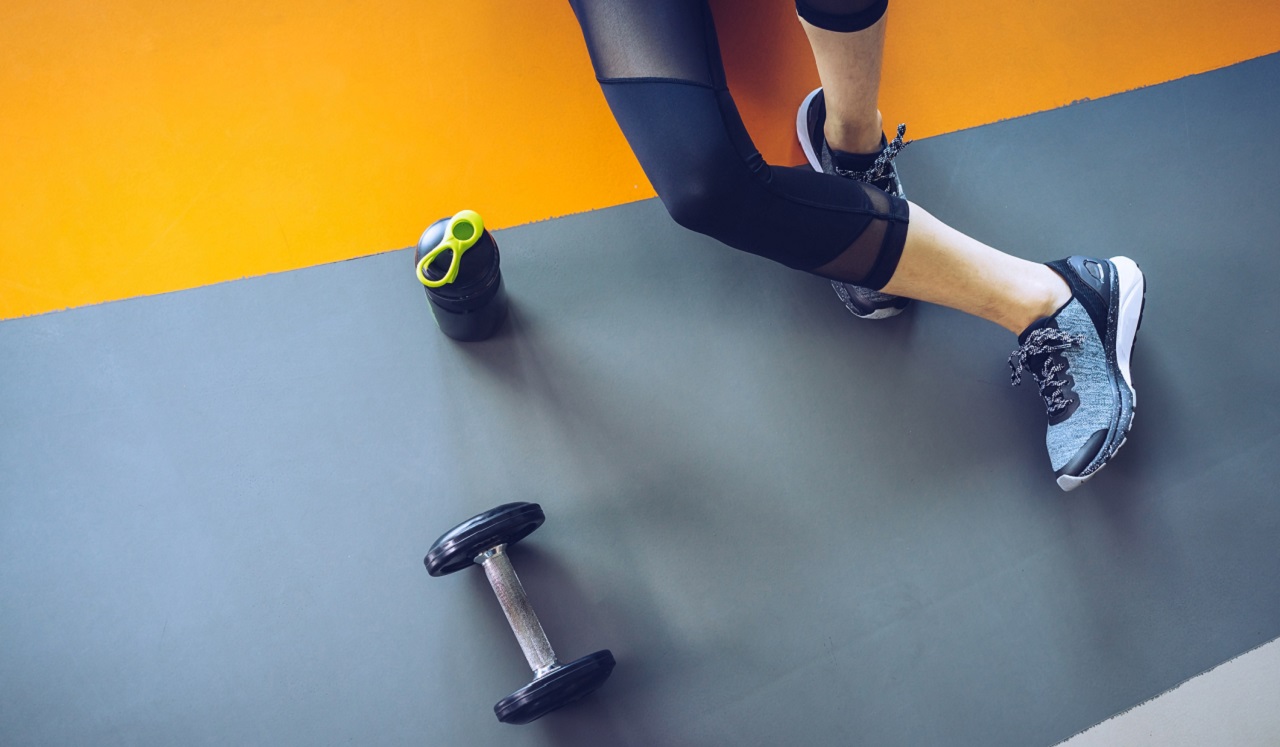If you’ve ever paced around your house before bed to reach your 10,000 steps, you may have wasted your time.
“It’s not just steps taken but the quality of the steps taken,” says Emily Gardner, PT, DPT, SCS, a board-certified sports medicine physical therapist at Memorial Hermann | Rockets Sports Medicine Institute.
At a brisk pace, your stride is longer, you cover more ground, your heart rate increases and you boost your burn, but the stepper doesn’t distinguish between that and a leisurely stroll, she says.
You also are better off if you get up each hour and walk two or three minutes rather than sitting 12 hours and walking the same cumulative amount all at once. Cardiovascular and metabolic benefits for interspersed activity are higher than for solid activity when both are performed at the same intensity and when all-at-once activity is accompanied by many hours of static sitting.
More bad news: “Treadmills and other machines at a gym are notoriously poor measures of calories burned,” Gardner says. Most likely the numbers are overstated—especially if you lean on the rails. So if you base calories consumed on them, you’ll be overeating.
But don’t pitch that step counter or gym membership just yet.
“10,000 steps a day is a good starting point, as long as you keep in mind it’s not the complete picture,” Gardner says.
U.S. Centers for Disease Control and Prevention (CDC) offers guidelines based not just on number of steps, but also intensity: 150 minutes weekly of moderate cardiovascular expenditure, or 75 minutes of intense physical activity.
And—most importantly—cardio isn’t the end-all of exercise.
“Strength training is the fountain of youth,” says Gardner. “It’s hugely important and doesn’t get as much respect. In fact, if you ask me, ‘Should I go for a jog or lift weights?’ I’d prefer strength training over running.”
After age 40 our body steadily loses muscle mass, and by the time we’re elderly, that muscle loss determines how independent we can be.
“If you look at difficulties the elderly have, it’s not so much walking from A to B that matters,” Gardner says, “It’s their ability to carry groceries, open a heavy door or get off a low chair, sofa or out of a car.”
Strive for at least two sessions weekly of weight lifting to target the body’s major muscle groups, including legs (calves, hamstrings and quadriceps), trunk (abs, gluteals, pecs, rhomboids, lats, low trap), and arms (deltoids, biceps, triceps).
Also vital to the health and fitness equation are balance and flexibility—neither of which offer many steps, she adds. “They decline with age and can affect your ability to walk quickly or safely.”
The most accurate wearable tech? A heart rate monitor worn around your body at chest level.
Get Your Daily Dose of Health & Wellness
Sign up to receive the latest articles in your inbox.


